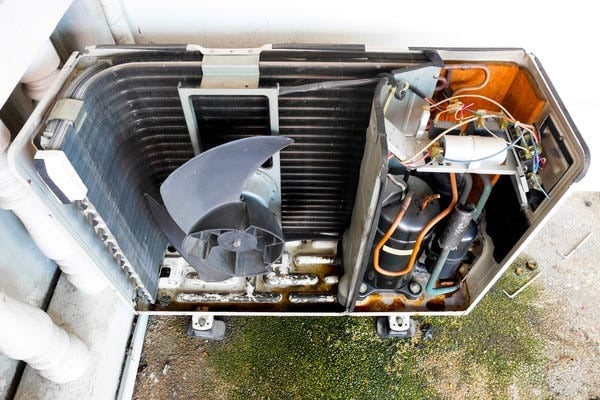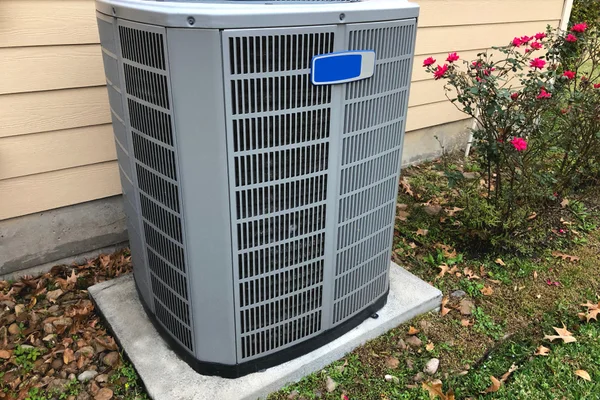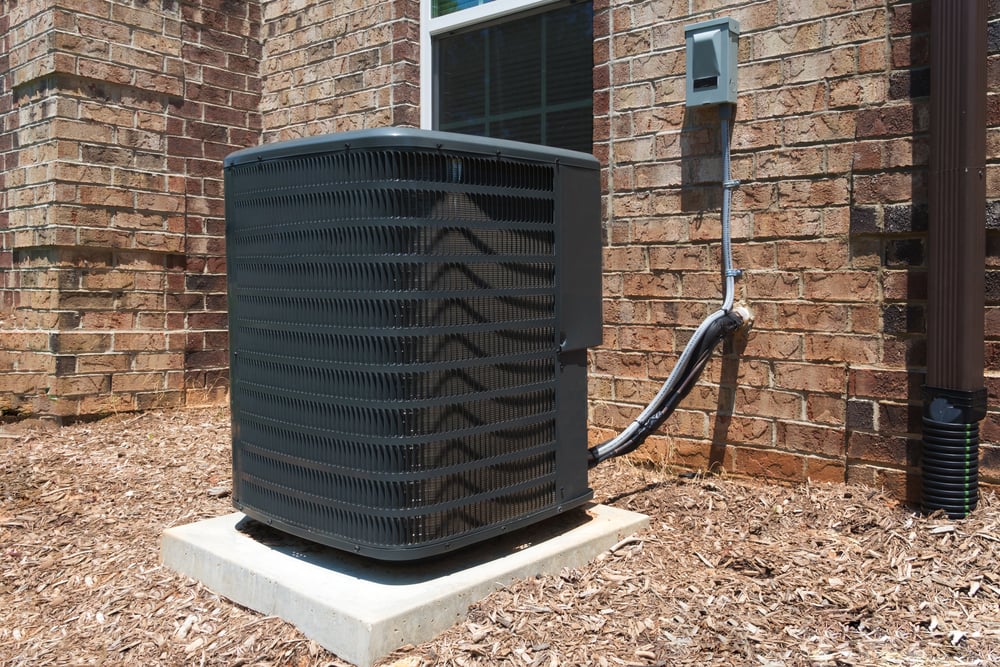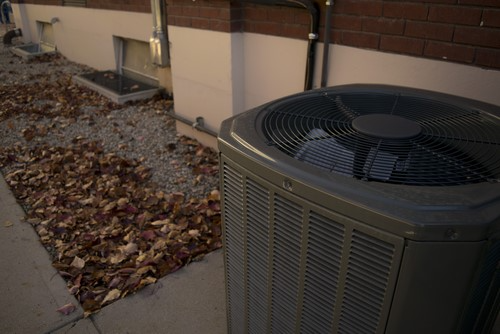
5 Main Components of an Effective A/C System

Summer is here. Is your A/C unit working effectively? If not, find out which components may have to be looked at.
Is your A/C not cooling as well as it once did, or not cooling at all? The dog days of summer are no time to have an HVAC breakdown, but that’s when they always seem to happen. Without a functioning A/C unit, it can be impossible for your family to beat the heat.
Your home’s HVAC is a complex system that relies on a furnace, A/C unit, and a system of ductwork and vents to control your home’s indoor temperature, air quality and humidity levels throughout the year.
When your A/C breaks down, it’s usually the result of a problem with one of its five basic components. Some of these components can be easily replaced, while a failure of others might mean a costly repair or even a replacement of your A/C unit. Knowing how your A/C unit works and which parts are cheapest to replace will give you some idea of what to expect when a service professional comes to repair your unit. Knowing how your A/C works can also help you use it more effectively and efficiently.
1. Thermostat
Your HVAC thermostat helps you regulate the temperature inside your home. Simply set the device to your desired temperature, and your A/C will work to cool the interior of your home down to that level. Most thermostats these days are digital, but the old-fashioned dial kind are still around.
A programmable thermostat is a good option if you spend the majority of your day out of the house and want to save on heating and cooling costs. Simply set the thermostat to a higher (in the summer) or lower (in the winter) temperature for the hours you’re not at home. Don’t set your thermostat below 55 degrees Fahrenheit in the winter, though, as you risk your pipes freezing if it gets too cold inside your house.
You can also get a smart thermostat. Smart thermostats are also programmable, but they have the additional feature of learning your family’s activity levels and living patterns over time, so they can adjust the temperature in your home automatically to suit your lifestyle. You can also adjust your thermostat setting remotely from your smartphone, so if your routine varies, you can still come home to a nice, cool house.
2. Compressor
The compressor is located in the unit outside your home, along with the condenser coil, condenser fan, A/C contactor, A/C capacitor and a few other parts. The compressor is located inside the unit. It collects heat from the refrigerant and disperses it through the condenser coils, which you can see on the outside of the unit. The refrigerant, which can exist as both a gas and a liquid, heats up inside your house, becoming a gas. Then it flows through the compressor, where it is turned into a liquid and the heat is released outdoors. A fan on the top of the unit helps with heat dispersal. It’s also necessary to keep your A/C compressor clear of debris and any structures designed to hide the unit so heat can dissipate effectively.
Successfully increased your home's value?
Sounds like a perfect time to find the warranty that fits you best.
3. Condenser Coil
You can see the condenser coil on the exterior of your outdoor unit. It’s made up of tiny metal fins. Pipes carrying heated refrigerant gas travel through the condenser coil after leaving the compressor and release their heat. Then the refrigerant travels back into the house to the evaporator.
To optimize your system’s functioning, you need to clean your condenser coil regularly to make sure that air can still flow through the fins. How frequently you’ll need to clean your coil will depend on how dirty it gets. If you’re in an area with cottonwood trees, for example, you may need to clean it multiple times a year to remove the cotton. At minimum, you should hose off your condenser coil once a year.
4. Evaporator
The evaporator will probably be inside your house near the furnace. The refrigerant travels through the evaporator in a narrow pipe. It cools off the air around it and carries heat from inside your home back outside to the condenser coil. The refrigerant exists as a high-pressure gas coming into this component, but it’s transformed into a low-pressure liquid as it travels through the evaporator. It then emerges from the evaporator in the form of a gas and travels to the compressor, where it will be compressed again.
5. Air Handler and Blower Unit
The air handler and blower unit draw air into the system. They also disperse warm air outside through the condenser coil and cool air inside through your duct system.
While some people use the terms interchangeably, a blower unit and an air handler are not the same thing. The blower unit is a component of the air handler, along with filters, dampers and mixing chambers. The air handler and blower unit are located inside near your furnace, and they work to move air through the furnace, too. When something goes wrong with your air handler or blower, such as a blower fan failure, air will stop moving through the system, and you’ll no longer feel it coming out of your vents at all.
When you’re struggling with common HVAC problems, American Home Shield® is here to help. But we’re not just here to pick up the pieces — we want to help you prevent breakdowns, too. Get a home warranty and take advantage of our discounted A/C tune-up service. We can help with supplying filters, clearing condensate line stoppages, recharging refrigerant and more.
AHS assumes no responsibility, and specifically disclaims all liability, for your use of any and all information contained herein.
Related Reading
Don't worry. Be warranty.
Have a plan for your home when things don't go according to plan
Shop Home Warranties

